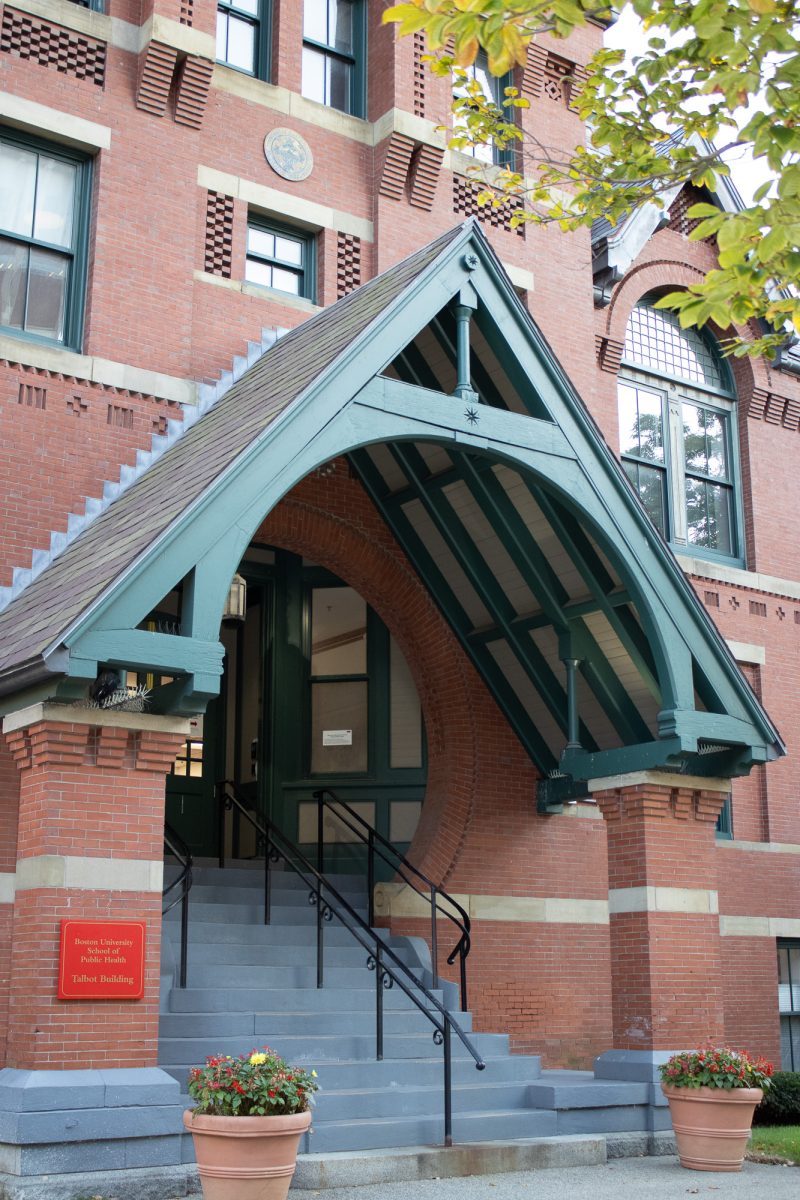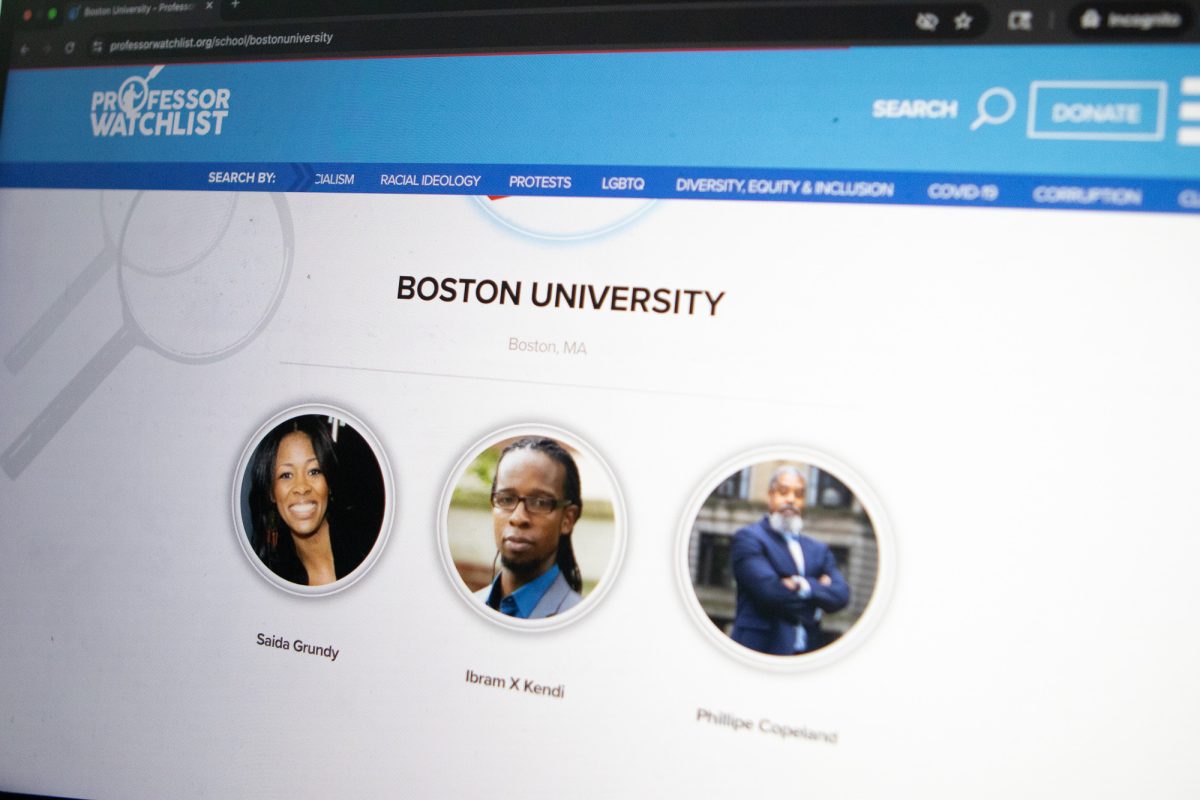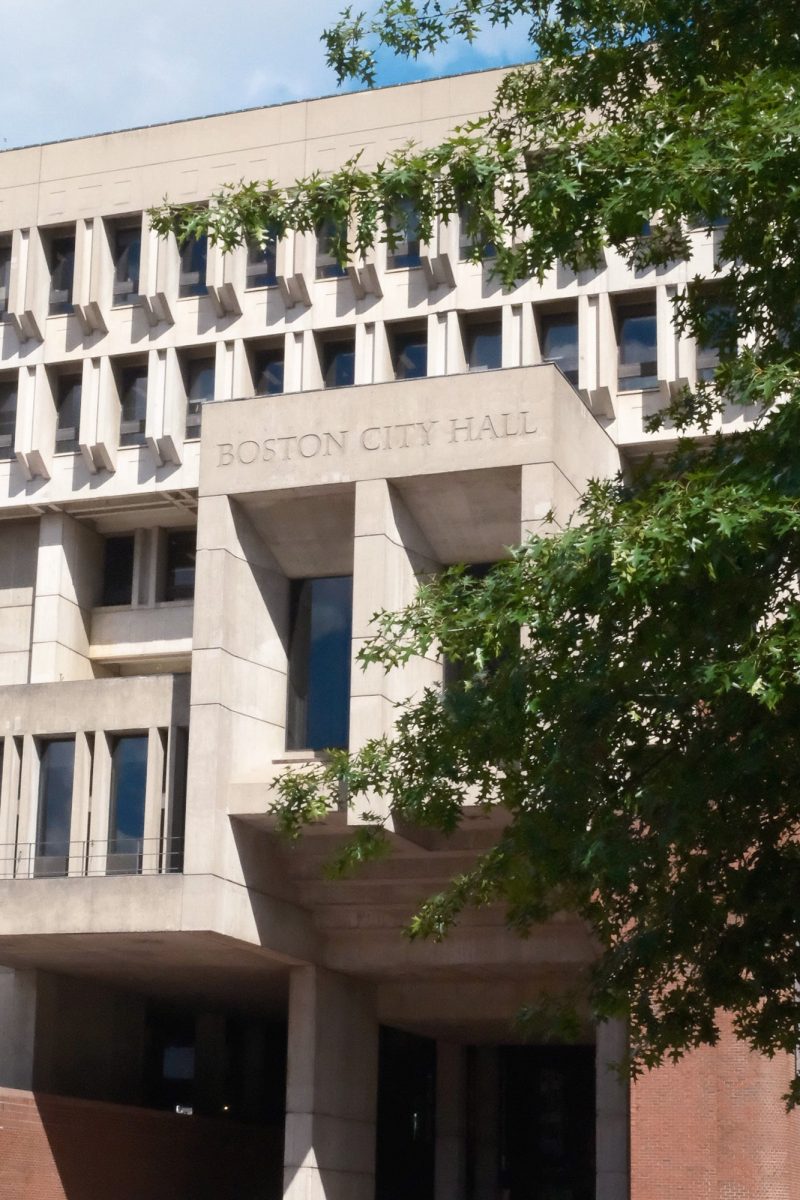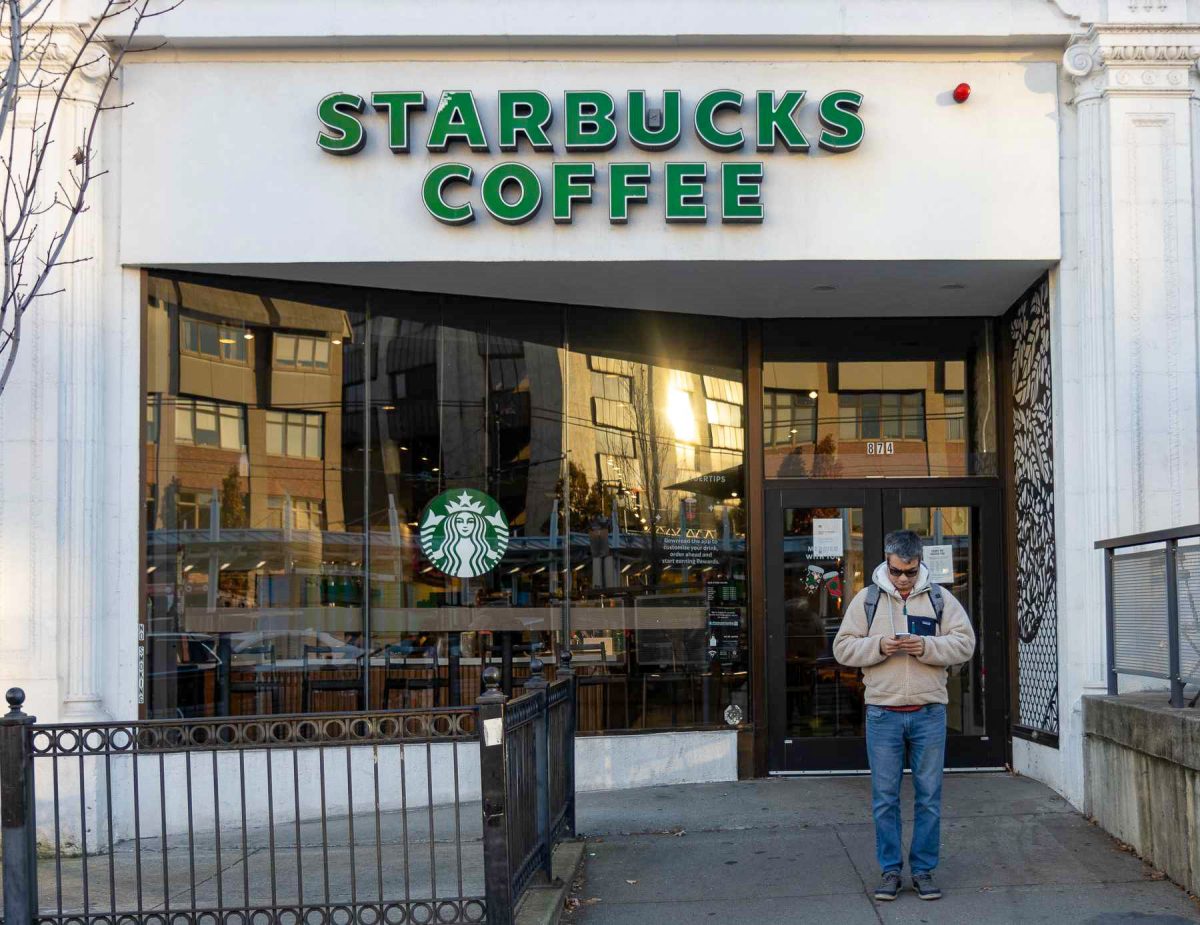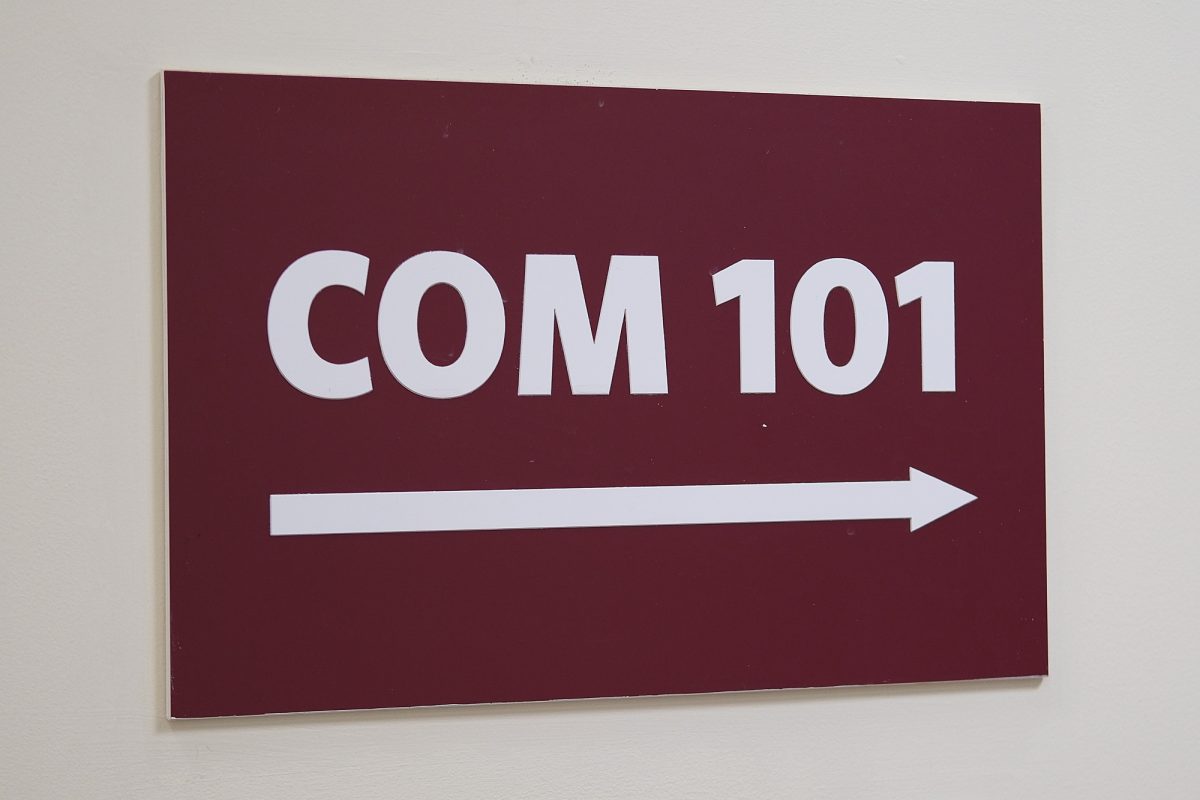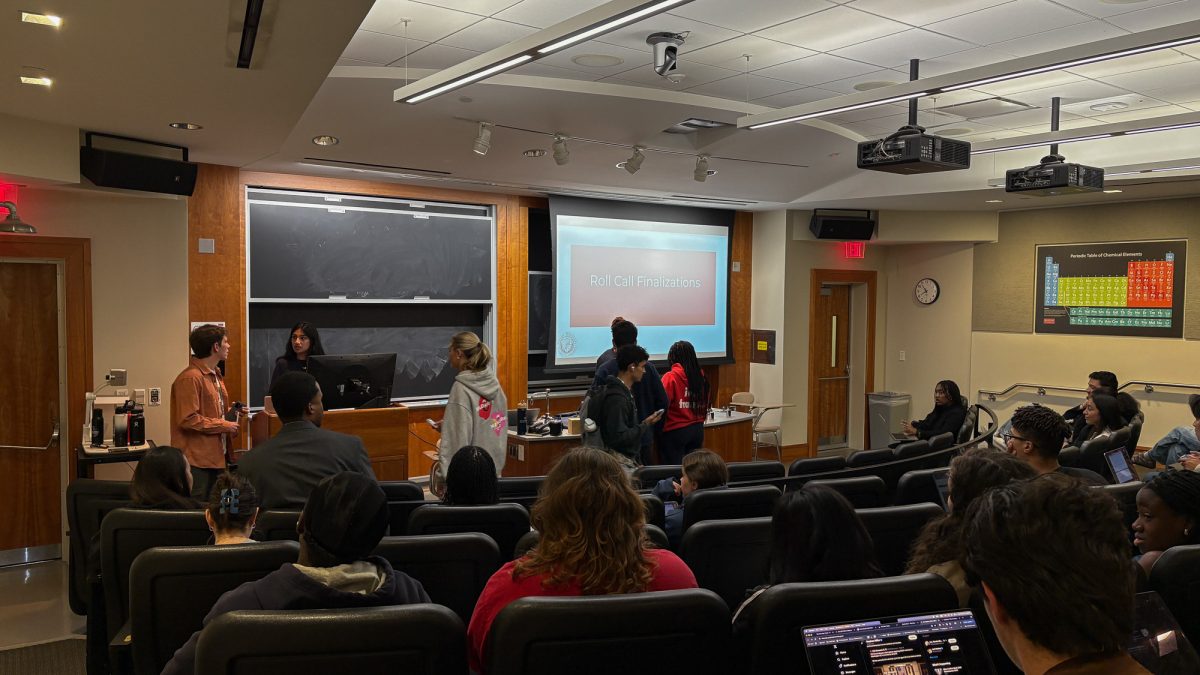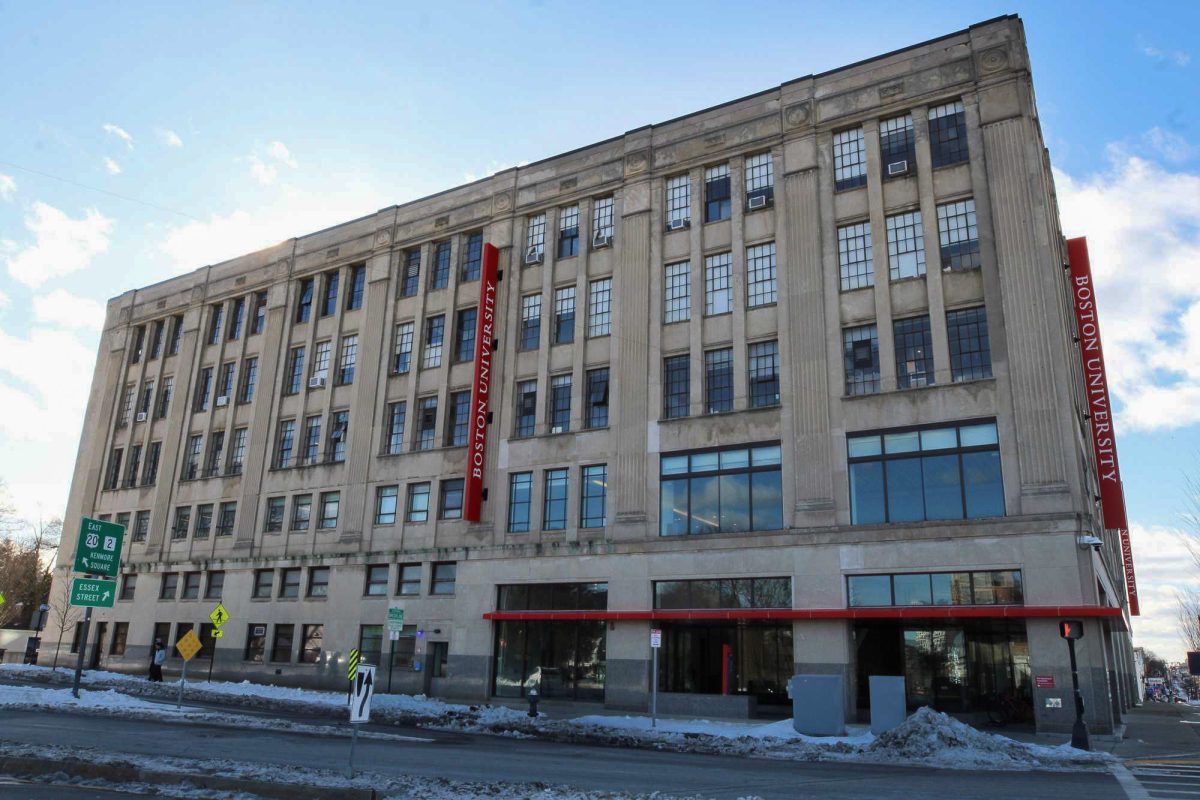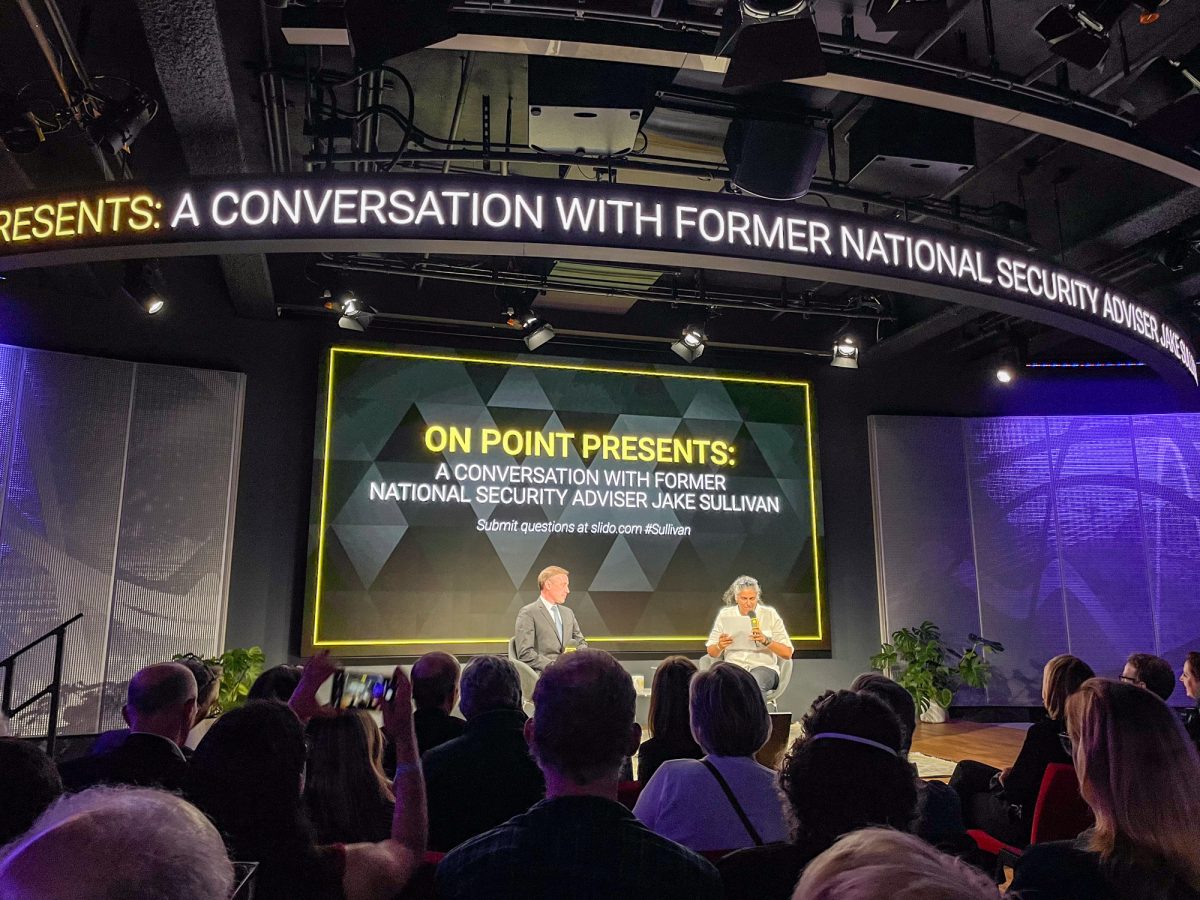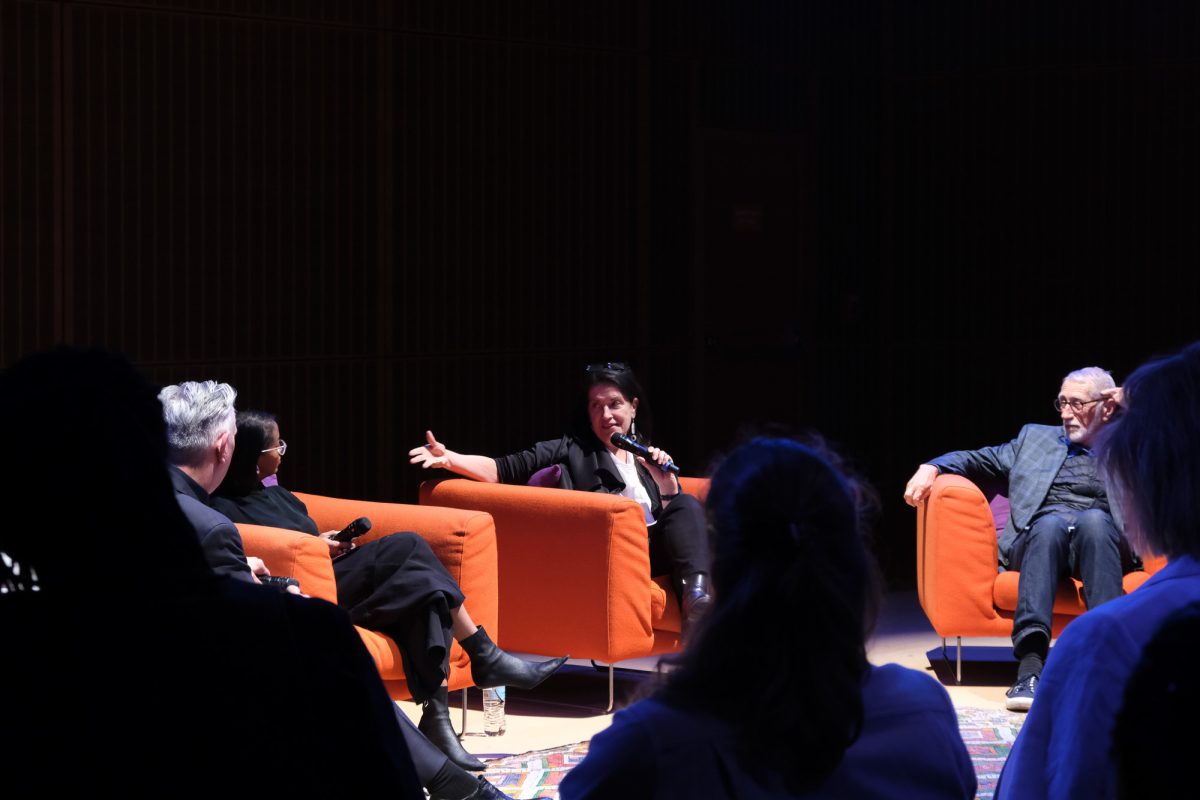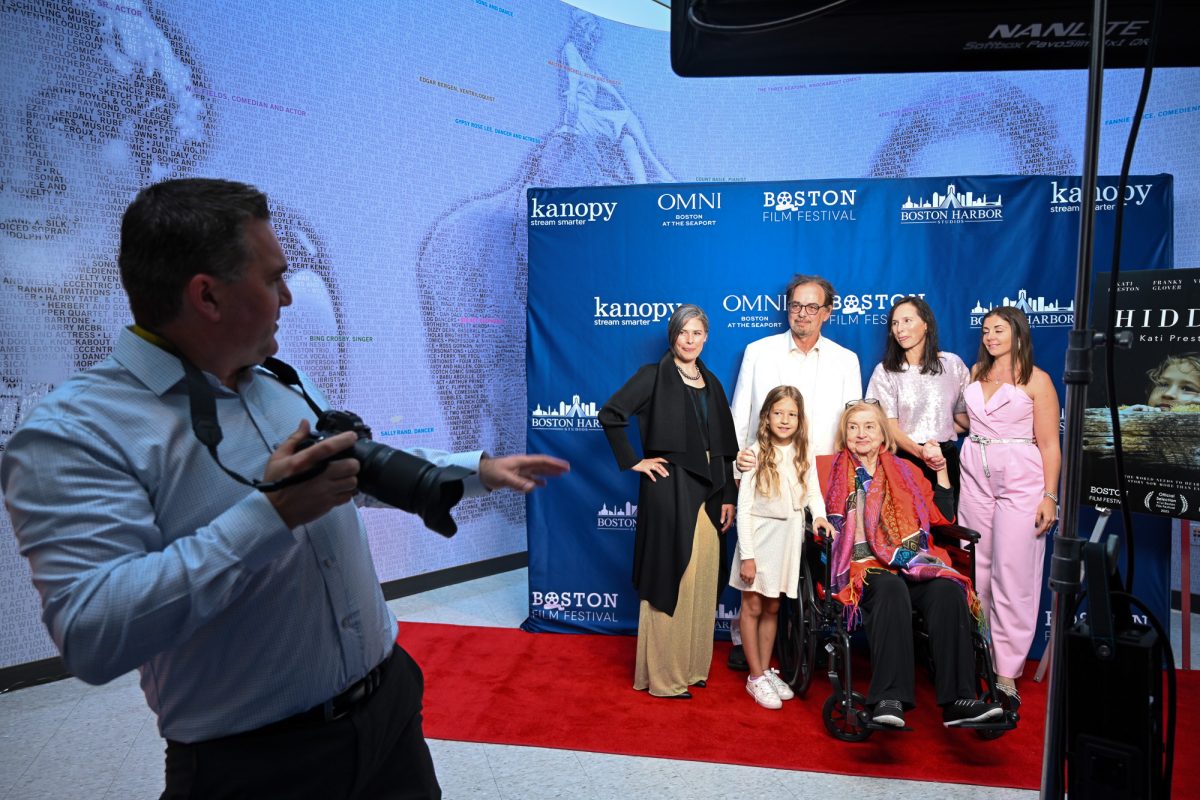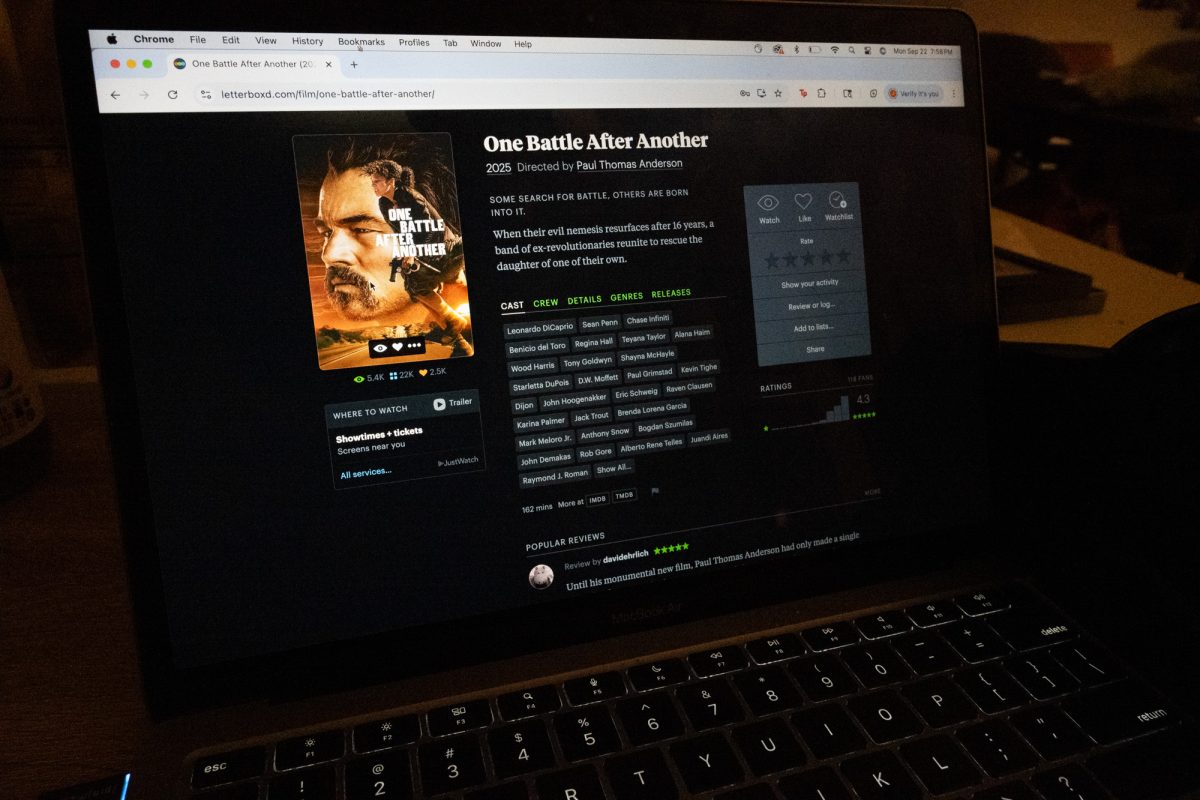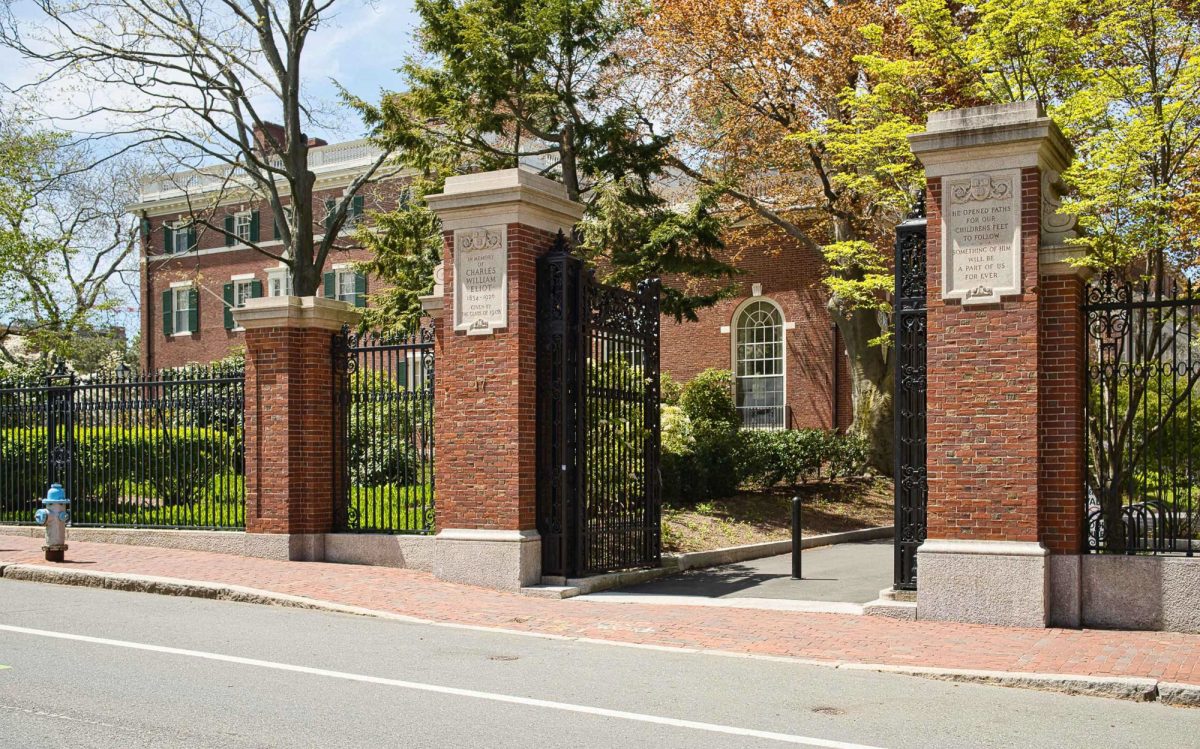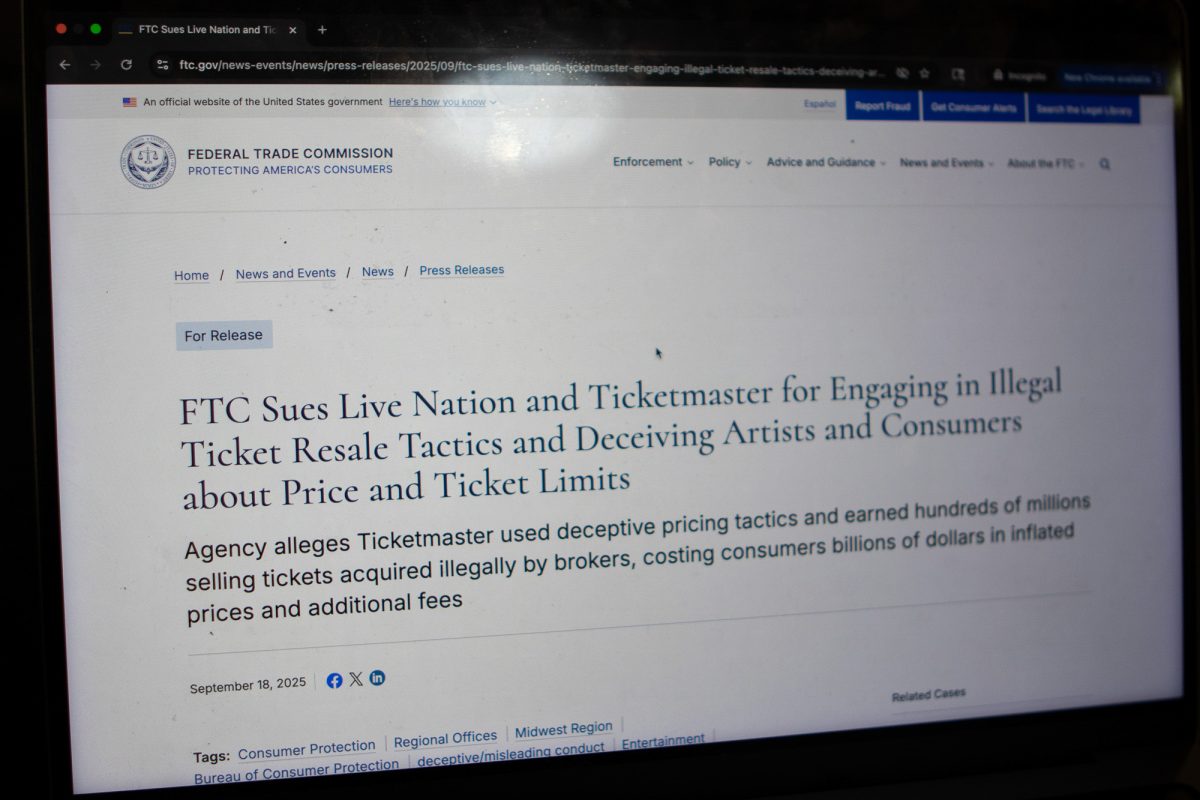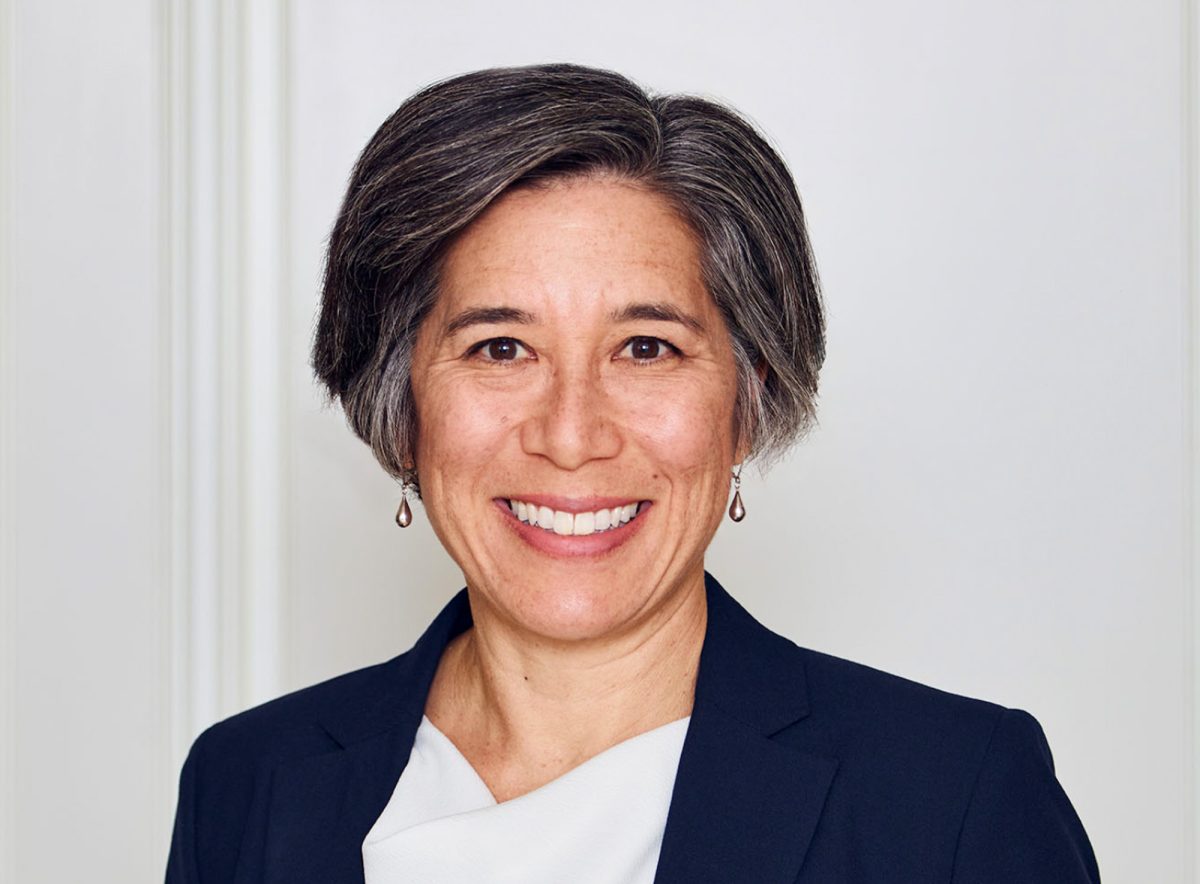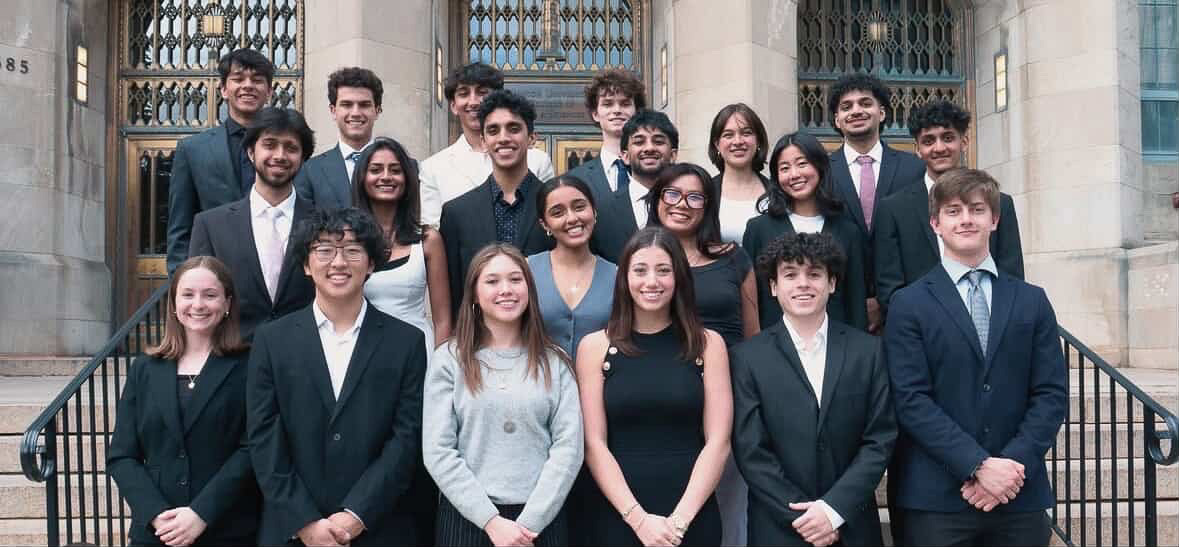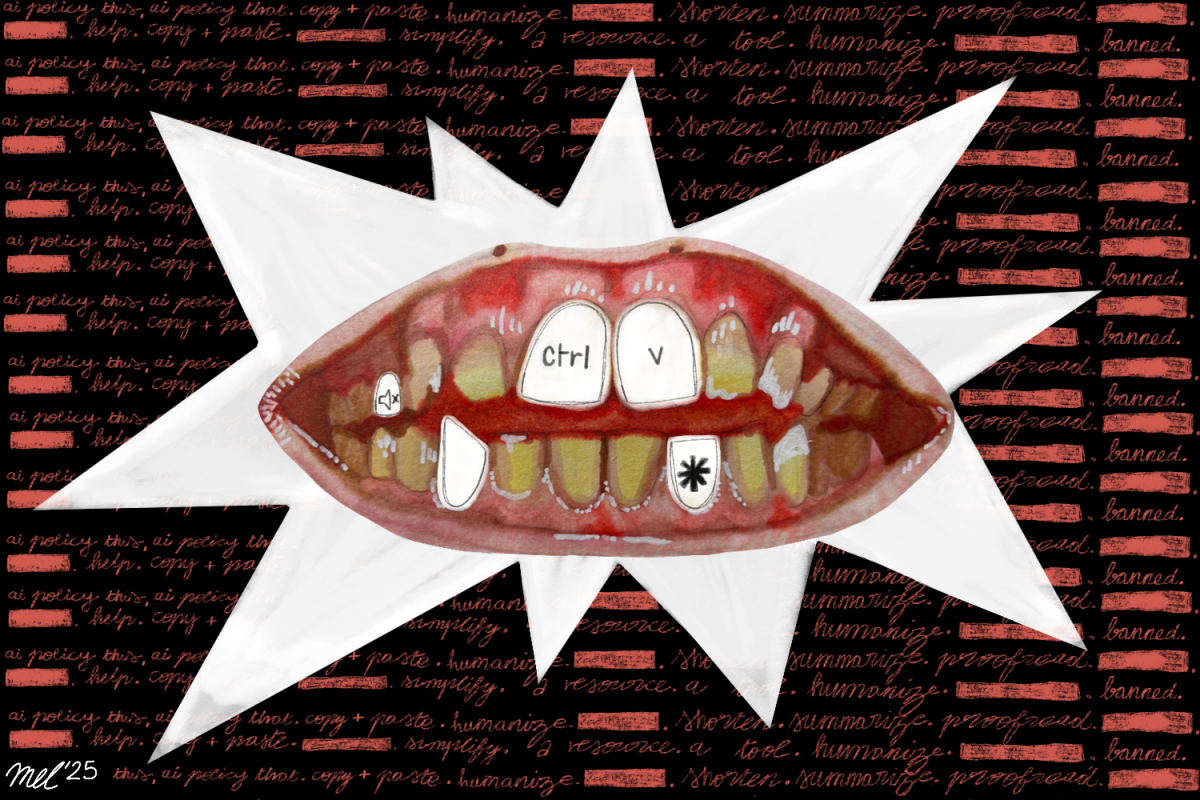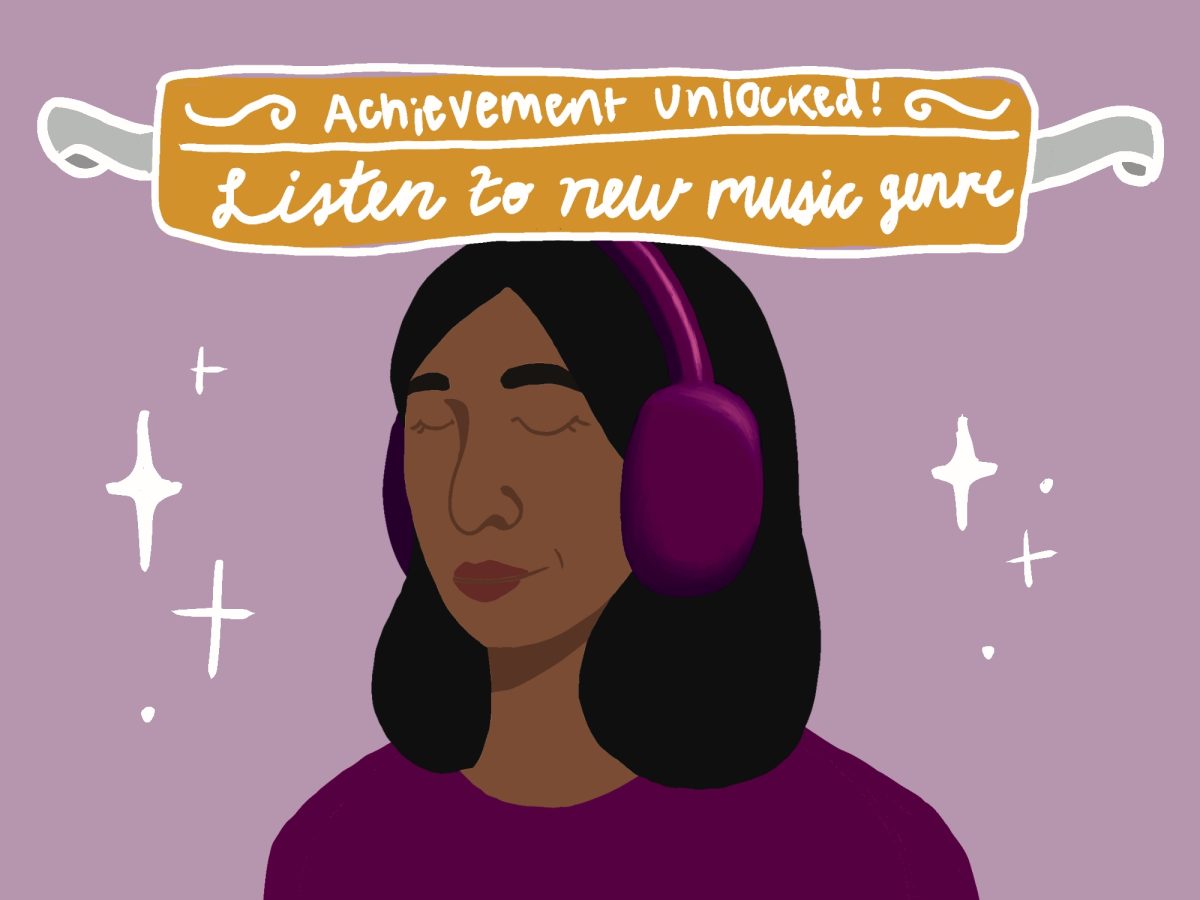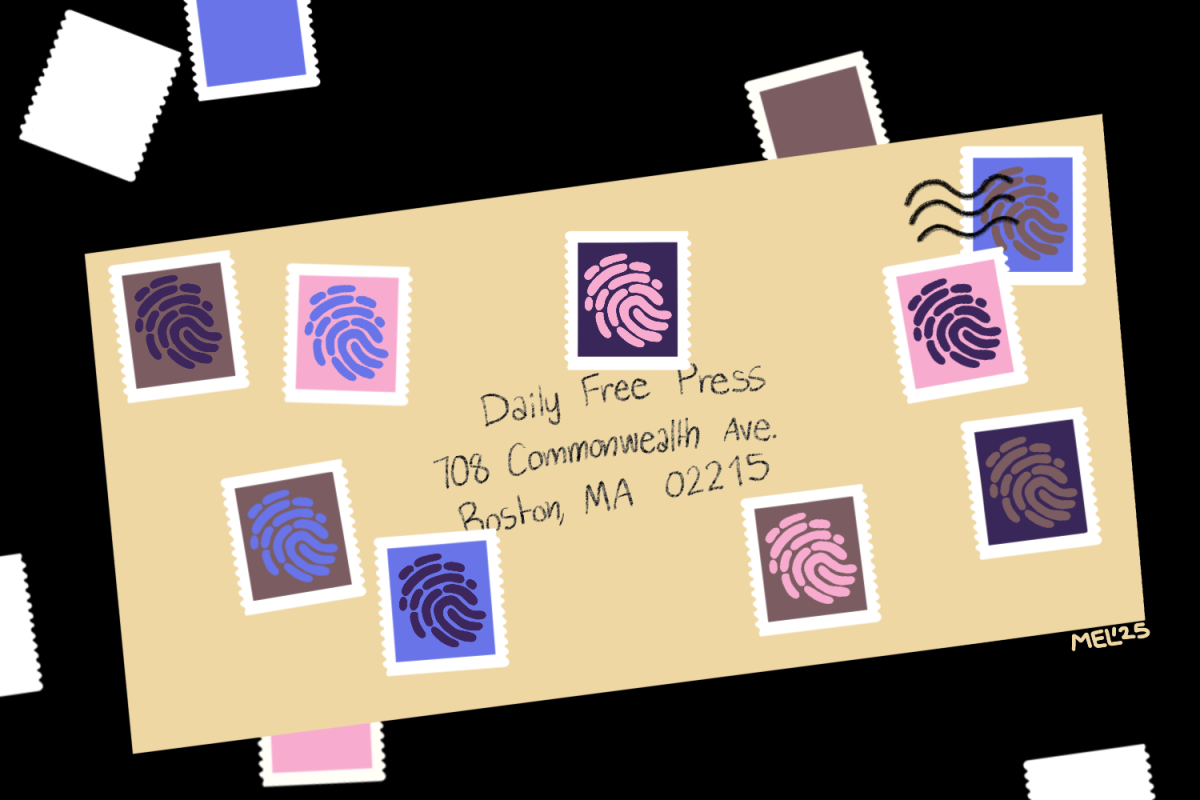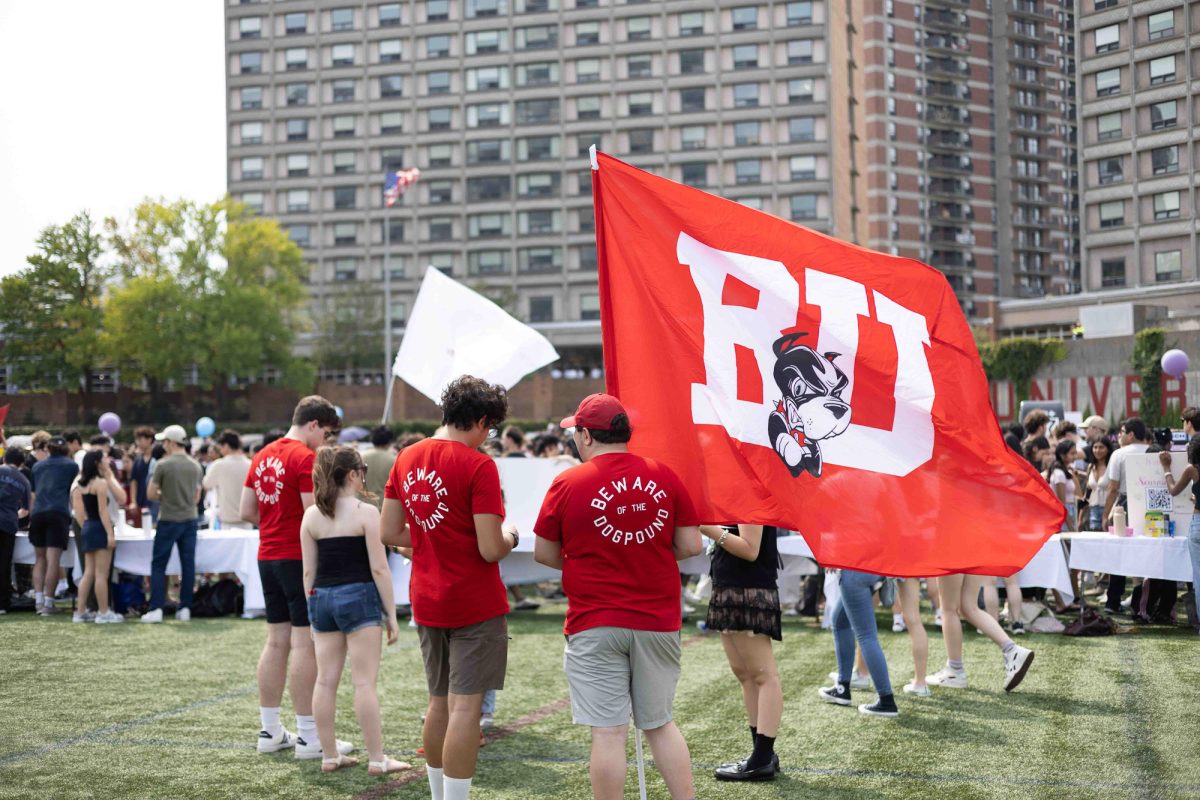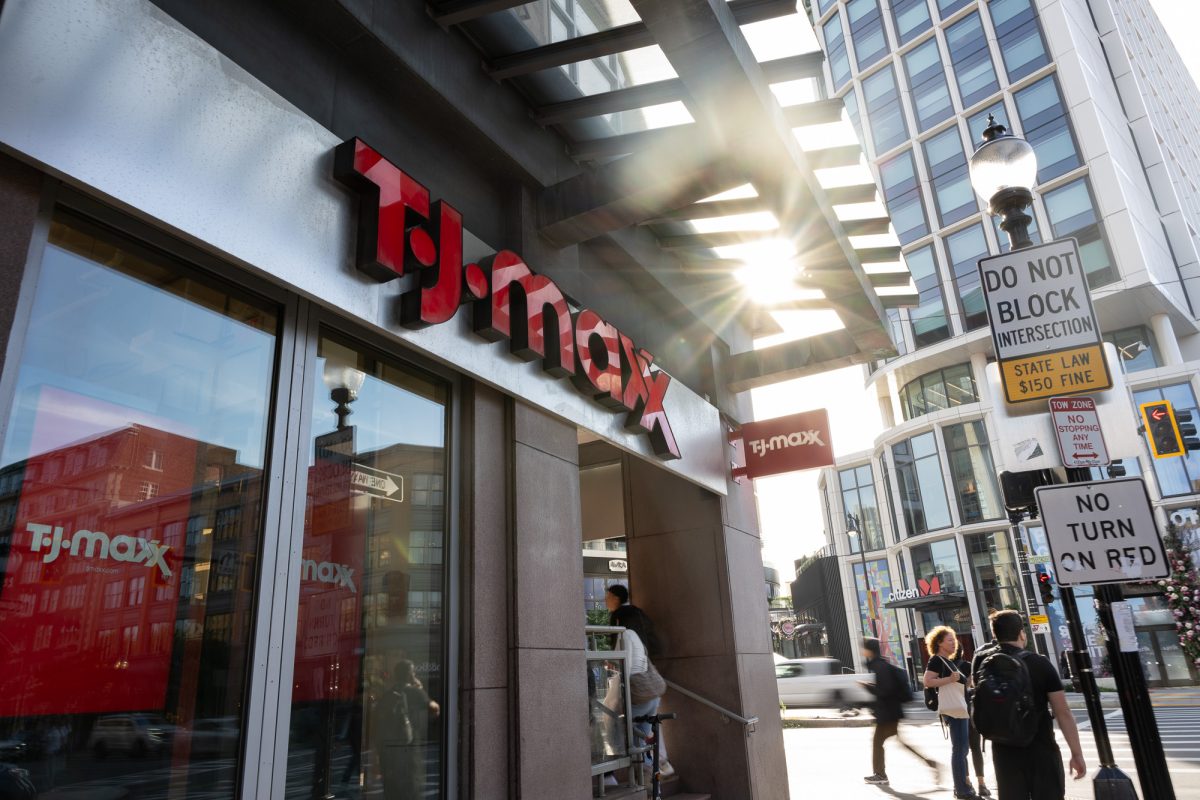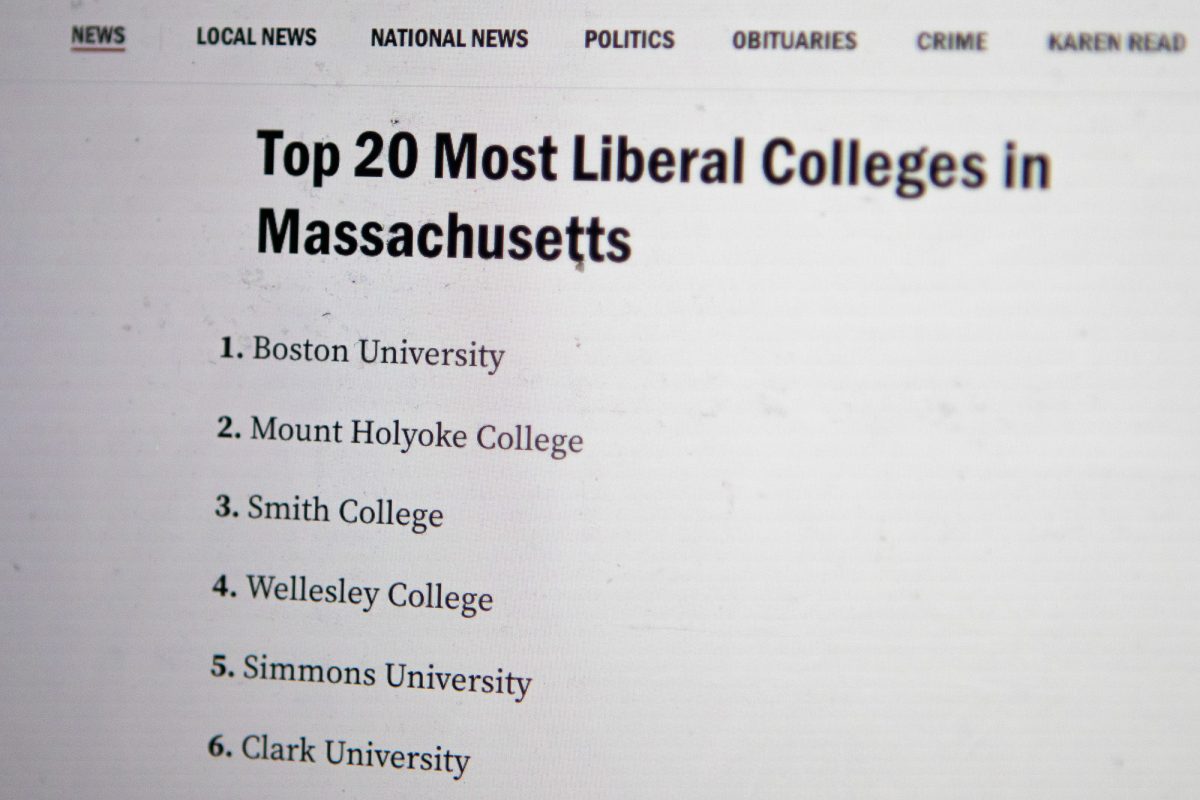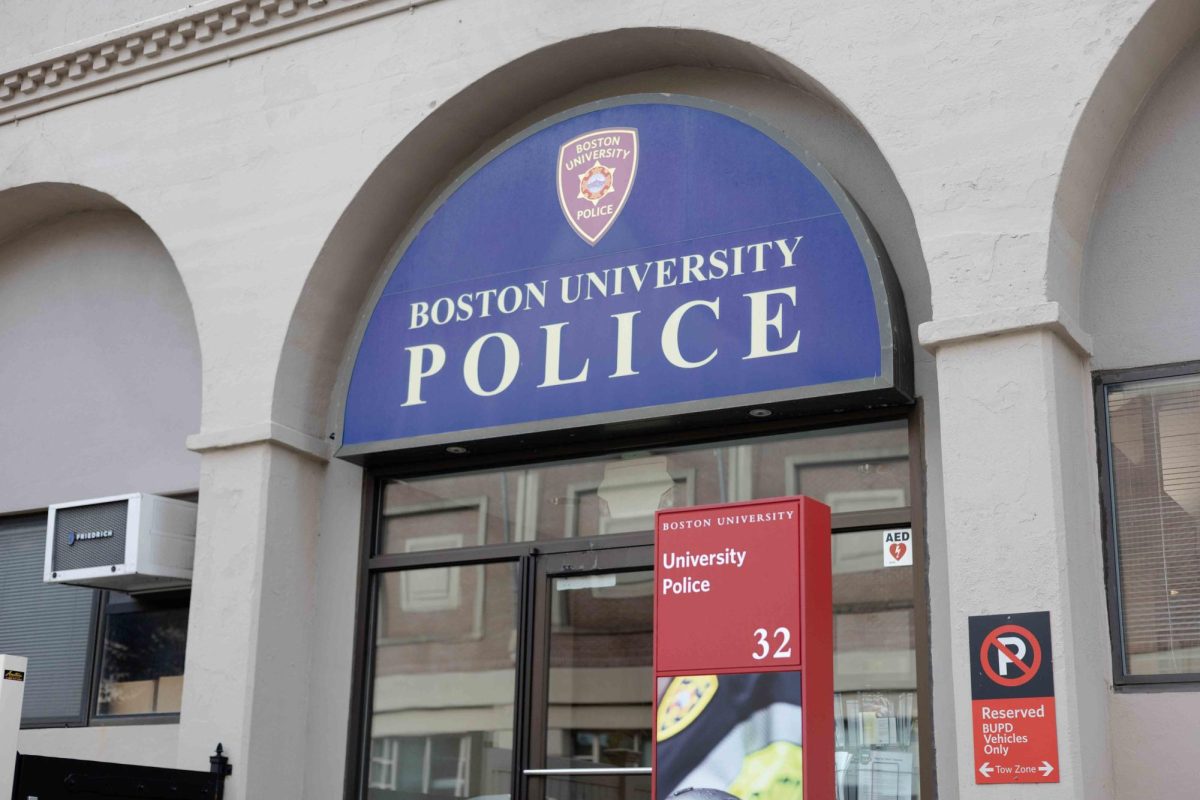The Boston Art Commission approved the final design for a Martin Luther King Jr. and Coretta Scott King memorial to be placed in the Boston Common.
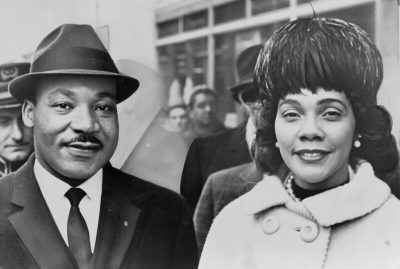
“The Embrace” — an abstracted bronze figure drawing inspiration from a photo of the couple hugging after Martin Luther King was awarded the Nobel Peace Prize in 1964 — will stand next to the Parkman Bandstand, according to a March 17 press release by the Department of Arts and Culture.
Installation is expected to take place in October of 2022.
This initiative was led by King Boston, a privately funded nonprofit, working together with the City of Boston and the Boston Foundation, according to the press release. The final design was unanimously approved by the BAC with support from the Mayor’s Office of Arts and Culture.
“It will be a constant source of inspiration for all residents and visitors to Boston, and will play an important role in marking the progress we’ve made in addressing inequity in our city, and reminding us of the work that still needs to be done,” former Mayor Marty Walsh stated in the press release.
MASS Design Group and artist Hank Willis Thomas’ design was selected from a pool of 126 applicants, after the City first put out a call to artists in late 2017.
“This is a really exciting moment and opportunity for us in this project, which honors the legacy and love of Dr. Martin Luther King, Jr. and Coretta Scott King,” Thomas said in the release.
The concept for the memorial was developed by entrepreneur and King Boston cofounder Paul English in 2017. English said the project was inspired by an MLK memorial he saw in San Francisco.
“There’s been a lot of people in Boston, particularly Black communities in Boston, who have thought about this for decades,” English said. “I think people were pretty excited that I got really serious about it.”
The United States’ oldest public park, the Boston Common, was chosen to house the memorial, as it was where King’s historic march through Boston ended, English said.
“It’s kind of a center of power in Boston,” English said. “There was a number of people that thought, ‘If MLK was one of the important Black leaders of Boston during his time here, why don’t we have more Black leaders memorialized on the Boston Common if that’s the centerplace for memorials?’”
Peter Drummey, chief historian and Stephen T. Riley Librarian at the Massachusetts Historical Society, explained how the city of Boston played an important role in the trajectory of the historic couple’s relationship.
When Martin Luther King arrived in Boston in his early 20s, he and Coretta Scott King — who studied at the New England Conservatory of Music — lived in the same neighborhood, Drummey said.
“I think [the memorial is] symbolically wonderful because they met here, their life together began here,” Drummey said. “I think it’s a very apt sculpture for this personal connection with Boston … this personal, intimate connection that they had because it’s the place they met.”
The decision to include Coretta Scott King in the memorial was guided by a desire to highlight her role in establishing the King legacy and her own fight for civil rights, according to the release.
“That was really important to us,” English said. “I wasn’t aware when I started this project of the important history of the two of them as a couple.”
In addition to the sculpture, the King Center is creating a new Center for Economic Justice to investigate racial wealth disparities in Boston, English said.
English said the memorial is intended to serve as a compass for the city moving forward, adding that the project was further fueled by protests last summer following the death of George Floyd in Minneapolis.
“I think the George Floyd murder, which is really a horrific, horrific event, galvanized a lot of people to say ‘We need to take action,’” English said. “The premise of the memorial is looking to the past but also looking to the future of what we want Boston to become.”

